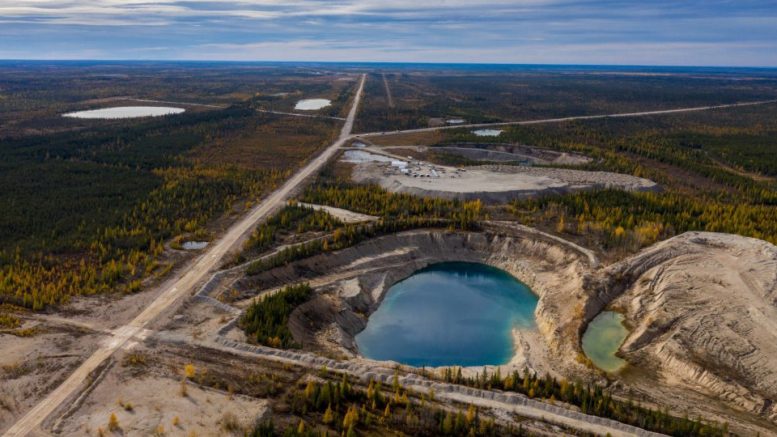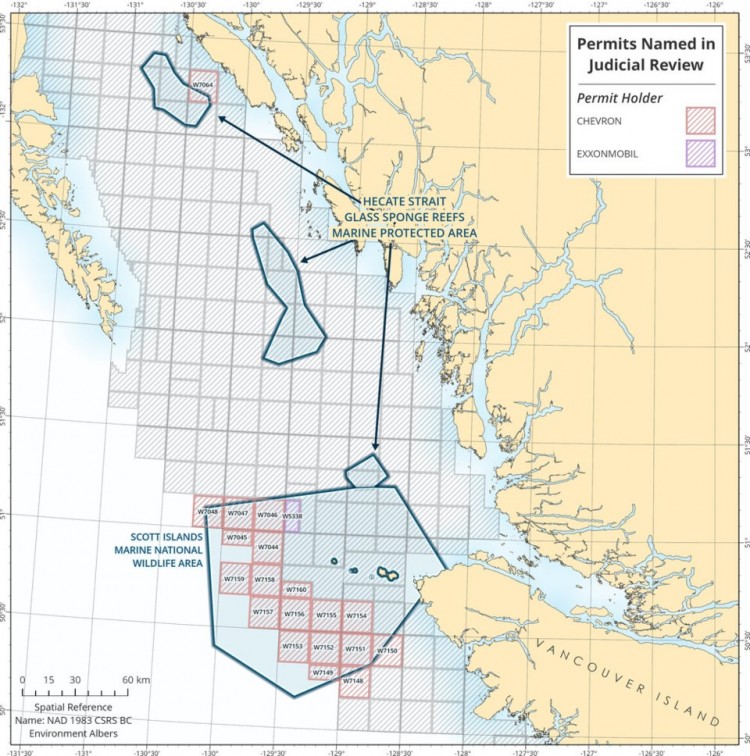Mining
Wednesday, July 31st, 2024 4:36 pm EDT
Key Points
- High Gold Recovery Rate: The metallurgical testing program showed an overall gold extraction rate of 92.3% after 48 hours of cyanide leaching.
- Comminution Test Results: The Bond ball mill work index indicated moderately soft to medium hardness, averaging 13.5 kilowatt-hours per tonne.
- Positive CEO Remarks: O3 Mining’s CEO expressed satisfaction with the excellent gold recoveries, highlighting the potential integration of the Malartic H deposit into the Marban Alliance mine plan.
O3 Mining Inc. has released the results of the initial gold recovery test work program conducted on drill core samples from the Malartic H deposit at its 100-per-cent-owned Marban Alliance project located in Val d’Or, Que., Canada. The results were produced from the recent metallurgical testing program completed by SGS Canada Inc.
Highlights from test work:
- Overall gold extraction reached 92.3 per cent after 48 hours of cyanide leaching;
- Average Bond ball mill work index at 13.5 kilowatt-hours per tonne.
O3 Mining’s president and chief executive officer, Jose Vizquerra, commented: “We are very pleased with the results of the metallurgical test work, which indicate excellent gold recoveries from the Malartic H deposit at the Marban Alliance project. This metallurgical test work has provided us with additional confidence in our ability to incorporate the Malartic H deposit into a potential Marban Alliance mine plan.”
The metallurgical test work was conducted to assess the initial potential gold recoveries for the deposit. The program included head characterization, comminution testing, gravity, cyanide leach testing, cyanide detox, oxygen uptake, solid/liquid separation and rheology tests.
Comminution results showed moderately soft to medium hardness with Bond ball mill work index ranging from 12.5 to 14.1 with an average of kilowatt-hours per tonne.

Gold recovery program consisted of testing the samples under a gravity-tail leach flow sheet similar to the process used in the Marban-Alliance prefeasibility study.
The three-stage extended gravity recoverable gold (E-GRG) test on the Malartic H main composite showed a value of 59 per cent.
Global recovery tests were performed on material ground at a target of 80 per cent passing 85 micrometres. Gravity recovery was performed with a Knelson MD-3 and Mozley laboratory separator. Cyanide leaching test used a 48-hour bottle-roll test at a pulp density of 40 per cent solids, a pH level of 10.5 (maintained using lime), a sodium cyanide concentration of one gram per litre (maintained) and oxygen sparged. Solutions were sampled and assayed two, four, 12, 24, 36 and 48 hours for gold.
Total gold extraction for the 10 samples from the Malartic H deposit ranged from 91.6 per cent to 98.7 per cent with an average of 92.9 per cent for an average calculated head grade of 1.35 grams per tonne.

Malartic H deposit
The Malartic H deposit has a recognized strike length of 950 metres, 300 metres wide and down to a vertical depth of 500 metres. It is located within five kilometres of the proposed processing plant described in the prefeasibility study published on Marban Alliance in 2022 and approximately one kilometre to the north of the Malartic Hygrade former mine, near the hinge of a regional Z-shaped fold. The mineralized system is partially open laterally and completely open at depth. Notably, the Malartic H deposit is positioned between the northwestern extensions of the Marbenite and Norbenite shears, which host most of the resources of the Marban Alliance project. At Malartic H, the two shears are northwest trending and dip around 70 degrees to the northeast. The deposit is hosted by an alternation of mafic and ultramafic volcanic sequences of the Jacola formation. Similar to the Hygrade area, numerous intermediate to felsic dike systems are injected in the volcanic sequence. The mineralization occurs as disseminated pyrite with local visible gold in quartz veins and veinlets and disseminated in the host rock. Zones are spatially correlated shears within mafic volcanic units or with the intermediate to felsic dikes. All zones are roughly subparallel.
Qualified persons
The scientific and technical content of this news release has been reviewed and approved by Jean-Felix Lepage (OIQ No. 5053461), vice-president, projects, of O3 Mining, who is a qualified person within the meaning of National Instrument 43-101, Standards of Disclosure for Mineral Projects.
Quality assurance/quality control
SGS Canada Inc., located in Lakefield, Ont., uses quality control materials that include method blanks, replicates and reference materials and are randomly inserted, with the frequency set according to method protocols at approximately 18 per cent for process control analysis. For every 10 samples or batch, whichever comes first, one of each of the following must be included in the run by the instrument operator: quality control blank, calibration drift check, replicate sample and spiked sample. Also, gold assays in tailings were duplicated.
About O3 Mining Inc.
O3 Mining is a gold explorer and mine developer on the road to produce from its highly prospective gold camps in Quebec, Canada. O3 Mining benefits from the support and expertise of a team of industry leaders as it grows toward becoming a gold producer with several multimillion-ounce deposits in Quebec.
O3 Mining is well capitalized and owns a 100-per-cent interest in all its properties (107,000 hectares) in Quebec. O3 Mining trades on the TSX Venture Exchange (TSX-V: OIII) and OTC Markets (OTCQX: OIIIF). The corporation is focused on delivering superior returns to its shareholders and long-term benefits to its stakeholders.
We seek Safe Harbor.




